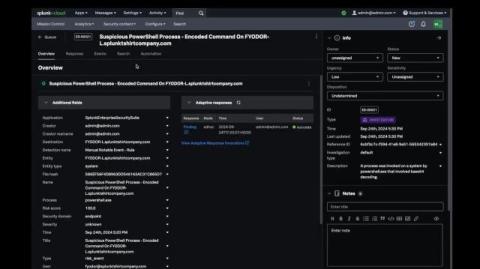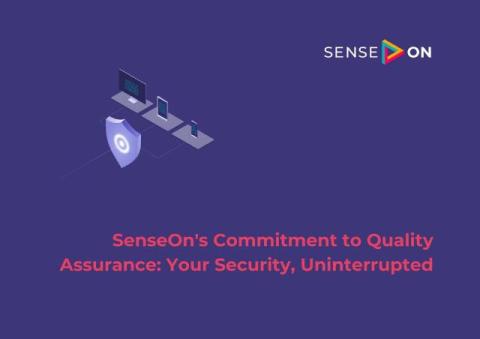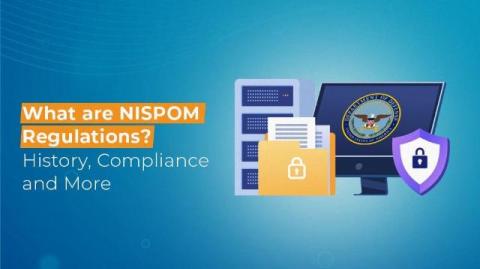[Eye Opener] Attackers Don't Hack, They Log In. Can You Stop Them?
The latest trend in cybercrime is that attackers don't really focus on “hacking” in; they’re logging in. We see this now in the wild, driven by organized criminal groups like Scattered Spider and BlackCat, who’ve reemerged with a renewed focus on gaining access through legitimate means, often exploiting help desks and social engineering tactics.









